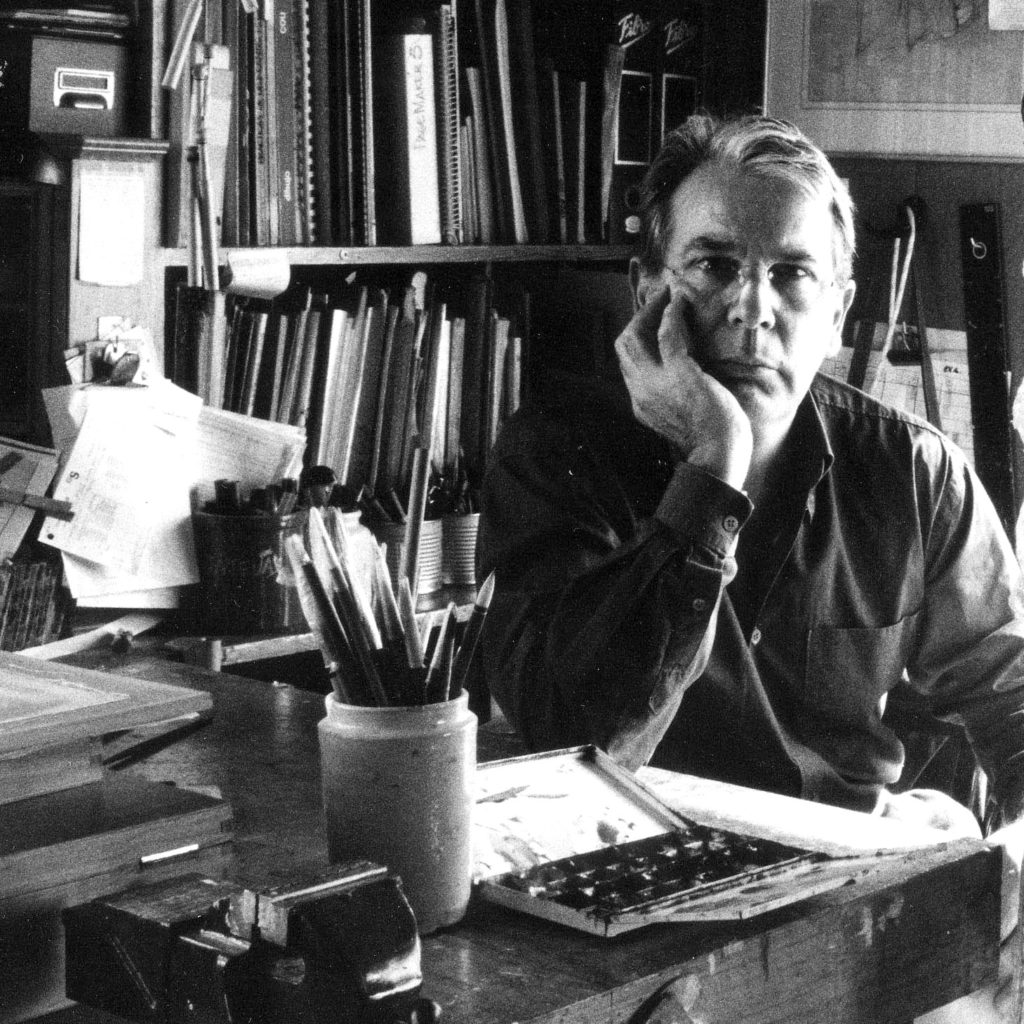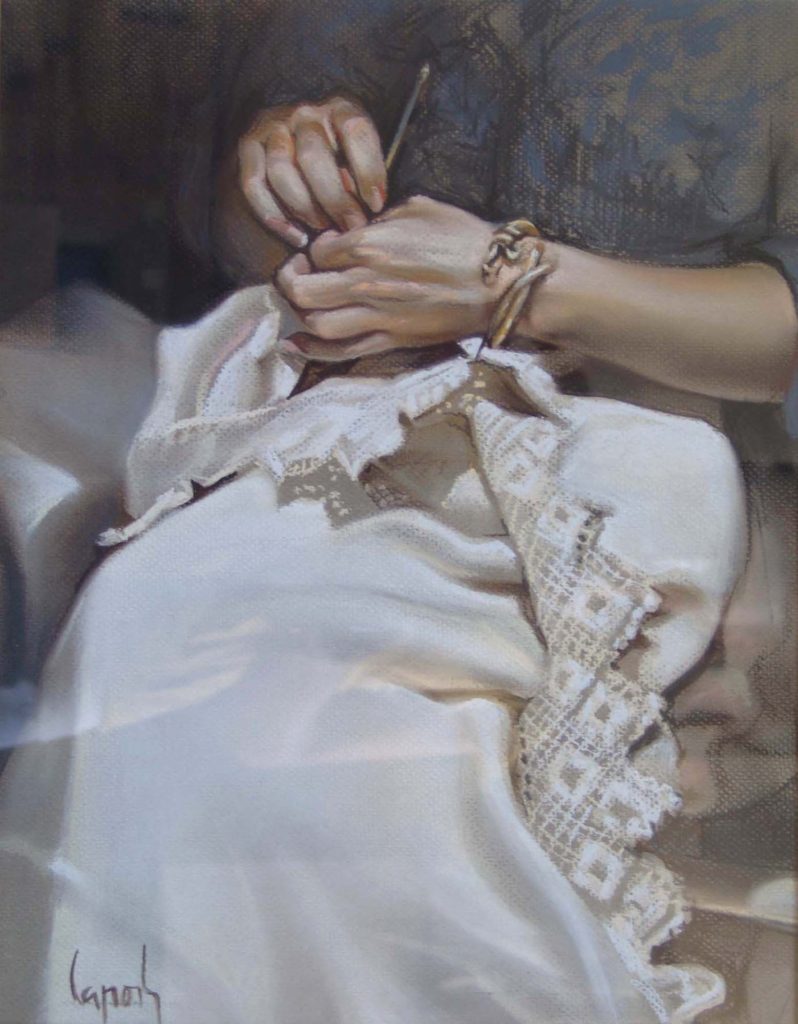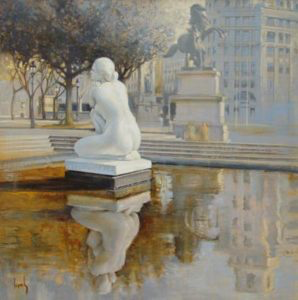BARCELONA, 1940 Laporta

The beauty of the simple things and the transcendent sense of the actions that were once habitual and that now seem surprising, are the basis of the painting by Jaume Laporta.
The ropes bitten by the salinity of the sea, the rust of the metal, the velvety skin of the fruits and the forceful force of the female nude are protagonists in their work.
BIOGRAPHY
Born in Barcelona in 1940, his precocious capacity for drawing directs his vocation and studies towards the world of plastic arts. He studied at the School of Fine Arts of Barcelona, where he graduated in the specialty of Painting. Conceptually the plastic option that practiced in leaving the School and for years, is given by the dominant cultural referents of the time: Picasso, Cubism, Abstraction, Nonell … and, above all, in discovering the powerful formal world of sculptor Henry Moore. Over a few years he combines painting and sculpture in a figuration where he pretends that, by distorting the form of reality and with a great emphasis on the compositional load, the work is more expressive and suggestive. Option that, later, will change orientation. Likewise, he joined the teaching profession as an Assistant Professor of Drawing at an institute in Seville and later, by opposition, he entered the Chair in the city of Barcelona. Around 1980, he makes a change in style and recovers a more naturalistic realism in his works. Uninterruptedly, he has been doing an extensive activity in painting, engraving and lithography, with individual and collective exhibitions inside and outside the country. His pictorial works are distributed by private and public collections.
JAUME LAPORTA, ARCHITECT OF THE LASTING PLASTICS
by Josep M. Cadena
The beauty of simple things and the transcendent meaning of the actions that were once habitual and now seem surprising-for example, the hands of a woman who sews or the knotted ropes of a boat that, located on the sand, shore of the sea, it rests of the heavy tasks of the fishing- they are the base of the painting of Jaume Laporta. That is why I mention them in the first place, but then I have to say that they are not all, since he is an artist with a wide register, with an ambition always open to explain the world in which we move and, even, the universe that surrounds us . And he does so with a decided realist will; that is, saying things as we see them in their external forms, but also how they act in the wide world in which the past, the present and the will of the future come together to create consciousness related to the places from which we come, what that we are because that is what our particular circumstances establish and what, especially, we believe we could become. Because in this grip on the reality that there are in the formal aspects of Jaume Laporta’s paintings emerges, always powerful, the concern to always go beyond defining the creative sense within art.
I have the satisfaction of being able to say that I have been accompanying Jaume Laporta for several years in various exhibitions and that I am even the author of the text of a book about him called Laporta, the dynamics of beauty. That is why I think I can affirm that he is an artist firmly rooted in our land, so that his gaze, always situated in a transcendent beyond, places us in the always positive demand for a better way of understanding what we can collectively be if we put together efforts and join wills.
The strings bitten by the salinity of the sea and the yolk of the metal that we see in some of his paintings, lead us to the velvety skin of the fruits and to the forceful strength of the female nude, which in the joy of rest stimulates us to continue fighting for a better future.
I draw attention to the broad and firm base of the drawing that exists throughout the work of Jaume Laporta. As a draftsman he is a safe teacher, who constructs for all of us and also for himself the great building, moral and material at the same time, of the plastic that endures.



